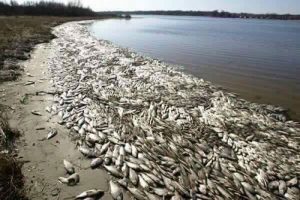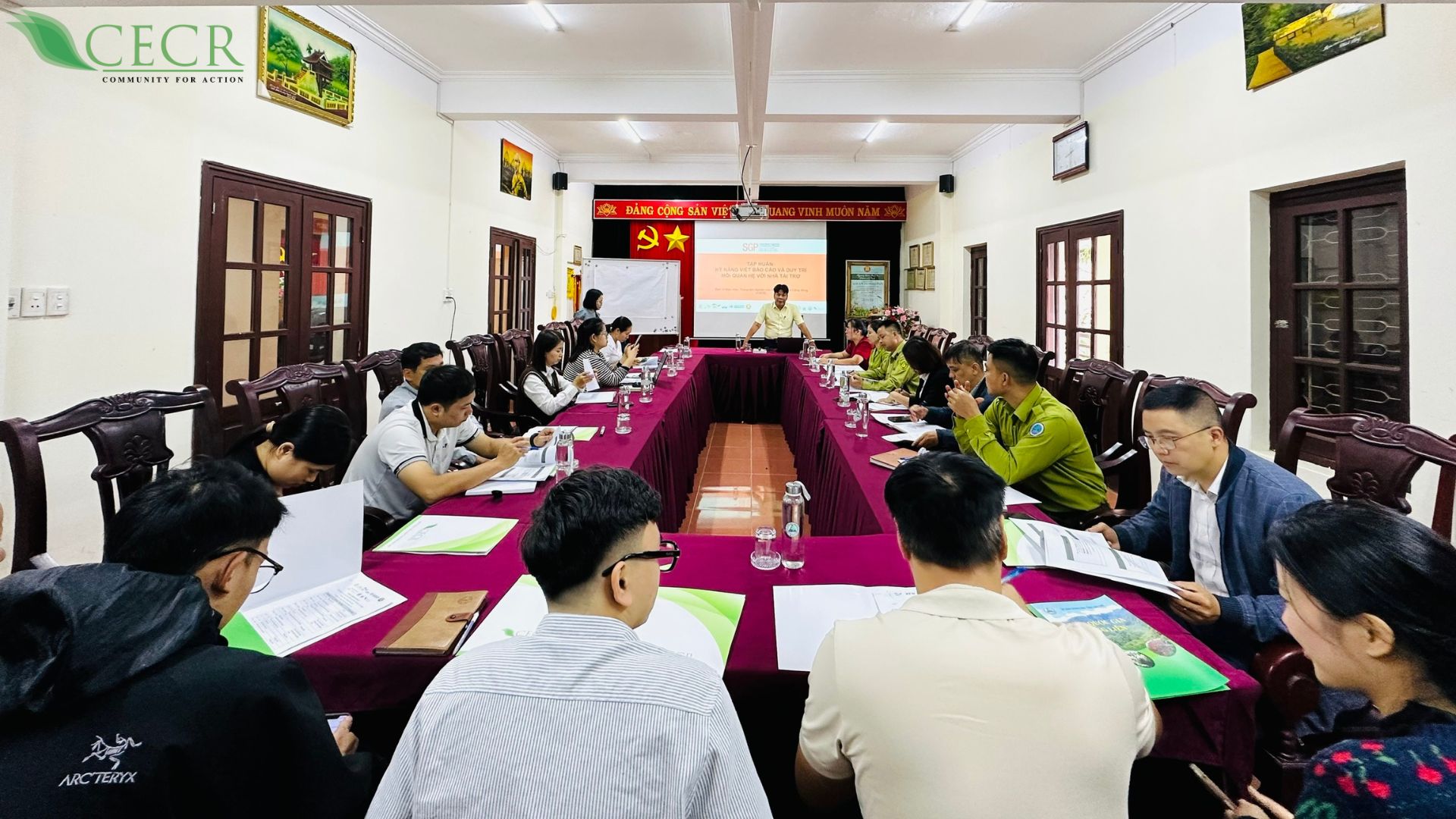Paralleling with the growth of the economy is the alarming deterioration of the environment. This happens not only in densely populated urban areas, but even affects remote rural areas. In the field of environmental protection, water conservation is of central importance, in which water pollution control is significant and plays a decisive role. However, in recent years, the quality of surface water in Vietnam is on the verge of serious deterioration, regarding the fact that water pollution in localities is spreading more and more and the pollution level is getting heavier and heavier. This situation comes from numerous reasons, but waste is one of the leading causes.
It is estimated that in 2021, only in rural areas, the amount of waste discharged into the environment must be over 10 million tons/year. Meanwhile, most of this waste has not been collected and treated according to regulations. It is resulted in unpleasant odors on hot days, coming from the fact that garbage is dispersed by the wind. On a rainy day, the whole landfill is submerged in water and even flows into the surrounding area. The leachate with rainwater seeps into the ground or flows with water, polluting surface water and groundwater.
Not only human waste, but also waste from production activities also plays a fairly high rate in causing environmental pollution. Waste from factories and industrial zones, if not treated, but discharged directly into the environment (such as rivers, lakes, sea…) will pollute the water environment with a large area. The most typical example is the case of Fomosa Chemicals Corporation, which did not treat wastewater but dumped it directly into the marine environment, causing mass deaths in the Central region in 2016.

Picture: Aftermath of Formosa Chemicals Corp.’s environmental disaster
Indiscriminate discharge will lead to environmental pollution and consequently the pollution of both surface water and groundwater. Groundwater contaminated by garbage will often be the home of many pathogenic microorganisms such as coli, which cause intestinal diseases. Additionally, waste is organic chemical products that are difficult to decompose, so when these impurities are contaminated with water, the water source has a rather high content of impurities and heavy metals.
Most marine debris (80%) comes from garbage and debris in urban runoff, i.e. terrestrial sources. Major components of land-based sources include garbage, trash and debris from construction, ports and marinas, commercial and industrial facilities, and trash blown out from garbage containers and trucks and landfill. Ocean-based sources, such as waste from ships and discarded fishing gear, make up the remaining 20%. Food containers and packaging are the largest component of the municipal solid waste stream (80 million tons or 31.7%). These items, along with plastic bags, are also the largest component of marine debris (that is, such items smaller than 5mm such as pre-manufactured plastic beads, shards, and polystyrene flakes). Single-use disposable packaging and products are not only common in marine debris, but they also represent an unsustainable use of precious resources (oil, trees, energy sources, country).
In the ocean, plastic debris injures and kills fish, seabirds, and marine mammals. Marine plastic pollution has affected at least 267 species worldwide, including 86% of all sea turtle species, 44% of all seabird species and 43% of all marine mammal species. Effects include death by ingestion, starvation, suffocation, infection, drowning, and entanglement.
Seabirds that feed on the ocean’s surface are especially susceptible to ingesting floating plastic debris. Farmers feeding of these foods to chicks results in adverse effects on chick growth and survival. One study found that about 98% of the chicks sampled contained plastic, and the amount of plastic ingested increased over time.
Since persistent organic pollutants in the marine environment cling to the surface of plastic debris, plastic floating in the ocean has been found to accumulate pollutants and transport them through ocean currents. Floating and migrating plastic debris has also been found to transport invasive marine species. More and more research is showing that marine life that ingests pollutant-coated plastic can absorb these pollutants into their bodies.
While educating the community to prevent littering is important, proper waste management does not address the unsustainable consumption of resources associated with the production of packaging and single-use goods. Furthermore, as the number of disposable packaging and products continues to grow, controlling litter through community education and cleaning up streets and waterways requires substantial and sustainable funding.
The environmental disaster of dead fish in the Central region, and then fish death in the Buoi River at the same time around April-May, 2016 is a warning bell about surface water pollution in our country. Protecting clean water of surface water areas including rivers, streams, ponds, lakes and coastal seas to ensure fish, shrimp, crabs and aquatic creatures to multiply and ensure livelihoods and all Human water-related activities must become a top priority in environmental protection. With clean water, there will be it all: seafood and seafood products, tourism services and all livelihoods associated with tourism, health, welfare from water related services. With clean water there is life.


 Tiếng Việt
Tiếng Việt
